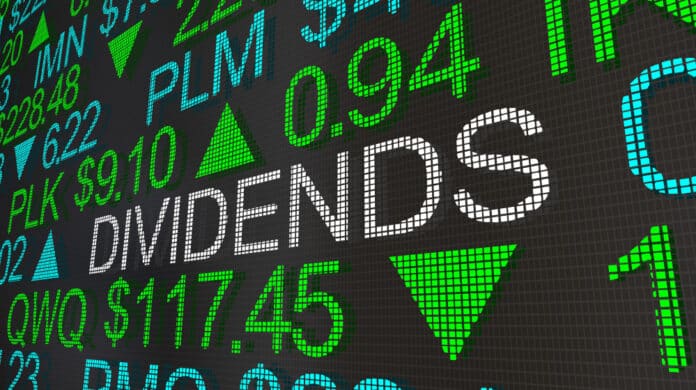Let’s talk dividends. Dividend-paying stocks can have a place in every investor’s portfolio. Dividend-paying stocks are an essential component of any investor’s portfolio, offering quarterly or in some cases monthly income simply for holding the stock.
A portfolio comprised entirely of dividend stocks isn’t a strategy that is suited for everyone. Unlike growth stocks, which investors buy with the hope of selling at a much higher price (think Meta, Nvidia), dividend stocks are counted on to offer regulary payments while a modest price appreciation is a welcomed addition – a sort of cherry on the top.
This is why many dividend investors focus exclusively on blue-chip stocks in established industries. Solid companies tend to offer dependable dividends without the volatility associated with growth-oriented stocks that might present a yield trap if shares come crashing down.
Not all dividend stocks are created equal. Identifying top-quality dividend payers often involves examining their dividend yield.
Dividend yield = Current annual dividend (per share)/Current stock price
For instance, a company distributing an annual dividend of $4.20 with a stock price of $150 would have a dividend yield of 2.8%.
A word of caution for those new to dividend investing: A stock’s dividend yield will change with the stock’s price movements on a minute-by-minute basis. When the stock is moving up, the dividend yield moves lower. The inverse is true that the yield moves up when the stock price falls.
With that in mind, here are three dividend dynamos for you to consider.
The Patent Cliff Is Turning Out To Be Not As Steep As Feared
AbbVie (NYSE:ABBV) is a prominent name in the biopharmaceutical industry and is best known for its Humira drug to treat certain types of arthritis and other inflammation-related diseases. The stock currently offers a 3.48% dividend yield, surpassing the pharmaceutical industry’s average of 2.9%.
As a ‘dividend king’, AbbVie has increased its dividend payout for 52 consecutive years, a streak that one may assume would continue for at least another half century.
While there have been concerns about revenue and earnings dips due to Humira’s patent expirations, the company’s recent earnings reports show that the impact of biosimilar competition on Humira is not having as large of an impact as feared. And the company is also seeing strong sales of drugs such as Rinvoq and Skyrizi to offset any impact.
Going All In On Oncology Drugs
Pfizer (NYSE:PFE) is a noteworthy biopharmaceutical company worth considering for its 6.06% dividend yield.
Remember, dividend yield fluctuates with stock price. Despite a downturn in Pfizer’s stock due to declining sales of its COVID-19 vaccine products, the investment remains solid for those focused on a long-term period.
During its latest Investor Day, Pfizer outlined an ambitious strategy to bolster its oncology drug portfolio, significantly influenced by the acquisition of Seagen in December 2023. The company aims to secure approval for at least eight new oncology drugs by 2030, projecting biologics to constitute about 65% of its oncology revenue, a significant increase from 6% in 2023.”
An Oil Stock To Buy Before Oil Hits $100 A Barrel
With oil prices exceeding $80 per barrel and projections suggesting a rise to over $100 by 2024’s end, several oil stocks, including Chevron (NYSE:CVX), present compelling investment opportunities due to its generous shareholder return programs.
Chevron offers investors a dividend yield of 4.19%, surpassing the energy sector’s 3.6% average. Coupled with a 37-year streak of dividend increases, the oil giant stands out as a dividend aristocrat worth consideration.
Despite longstanding predictions of oil’s decline, notably with the rise of electric vehicles, traditional oil demand remains as strong as ever. In fact, the Organization of the Petroleum Exporting Countries (OPEC) is modeling global oil demand will consistently rise through at least 2045 and will require $14 trillion of investments to meet demand.
In the near-term, the price of oil could spike higher amid multiple global hotspots that could erupt to larger conflicts. Examples include recent Ukranian drone strikes on Russian refineries, or the continued Houthis led attacks in the Red Sea that threaten a large part of the global oil transportation industry.


